
A two-part article on Hirotoshi Hikota, a master of facility maintenance who repairs the vast systems that keep the car production genba moving.

After introducing Hirotoshi Hikota and his facility maintenance work in part 1, part 2 looks at his expanded role in disaster response.
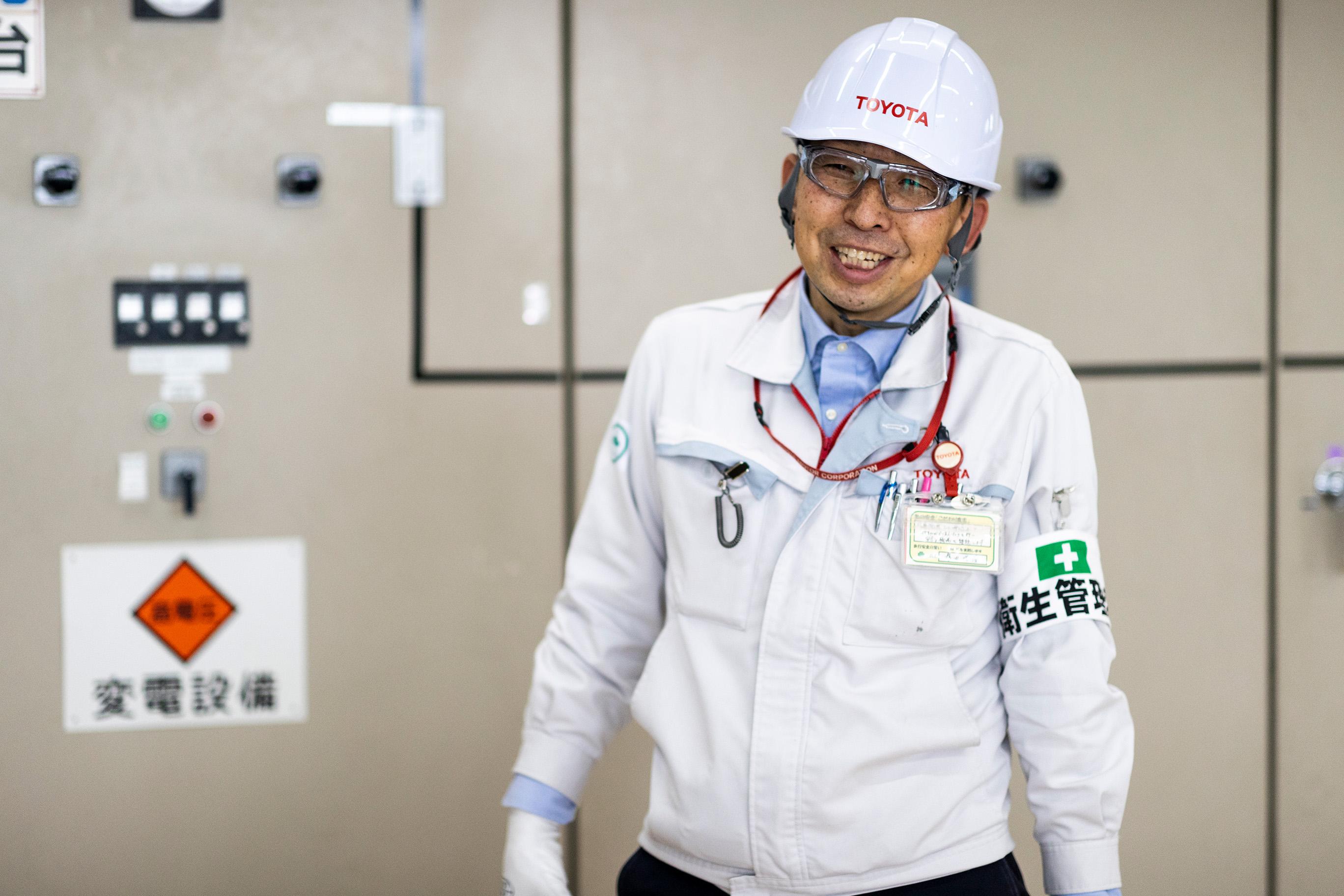
#11: Hirotoshi Hikota, a master of facility maintenance sustaining Toyota’s production infrastructure
Manager, Facility Support Section, Plant & Environmental Engineering Div., Toyota Motor Corporation
Mission: disaster response
In 2009, Hikota was transferred to the Power Supply & Maintenance Section No. 2 and placed in charge of operating and maintaining production site power supply facilities. In 2012, he rose to the position of Chief Leader and moved to Section No. 3 and No. 4 before returning to the Facility Support Section in 2019 as manager.
Hikota has another important role in addition to his duties as head of the Facility Support Section. He is responsible for organizing the disaster response skills and systems to resume car production as quickly as possible in the event of major disasters. This also includes being ready for rescue operations during disasters.
Hikota
At Toyota, we have clear goals for dealing with a major earthquake in the Tokai region—restore power supply to plants within seven days, and resume plant production within one month. To achieve these goals, our team has all the necessary equipment including four power supply trucks, a tanker truck for fueling them, generators, and an aerial work platform truck that allows us to reach heights of 17 meters or around the third or fourth floor of a building. When it comes to disasters, the key is being prepared ahead of time, which is why we conduct regular practical drills.
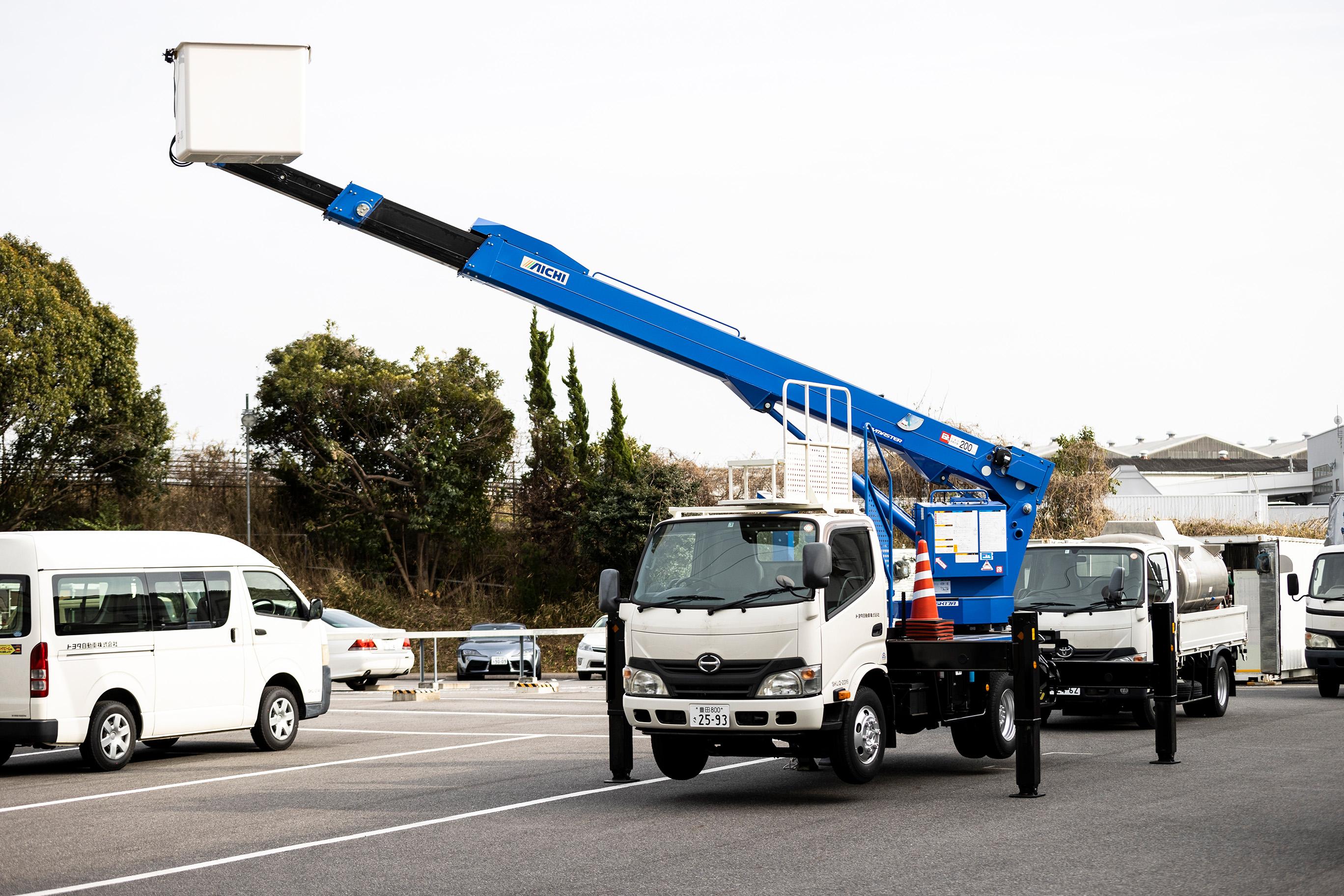
Hikota and his team used one of the four power supply trucks to demonstrate how they provide electricity in times of emergency. With deft movements, the staff carefully extended and connected the truck’s power cables to an electrical switchboard in accordance with the safety code. On the spot, they promptly set up a system capable of supplying electricity.
Hikota
We can supply 400 kilowatts of power with a single truck or 1,200 kilowatts with three. Although times vary with output, this diesel-powered truck’s high-voltage generator can supply power for around two hours on 200 liters of fuel, while a gas turbine engine truck provides about one hour.
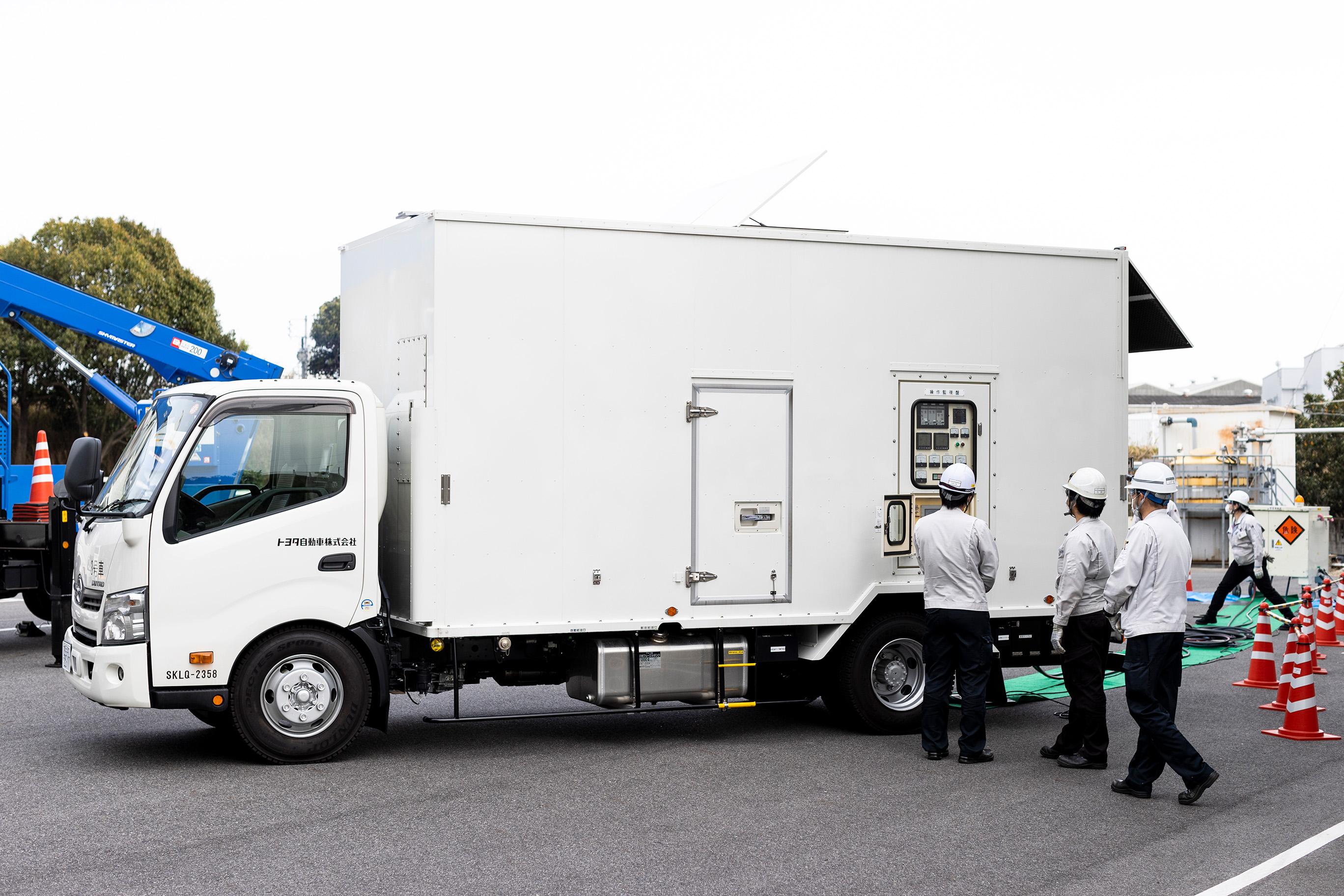
Hikota’s staff execute the tasks with flawless teamwork. Once all the safety checks are completed, the truck’s diesel engine is started up, roaring to life along with the generator on board.
Hikota
Poorly defined training doesn’t help you to master skills and techniques. It must be practical and undertaken with a clear sense of purpose for what we’re trying to accomplish. That’s why we changed how we train, not just for responding to disasters but for our jobs in general. Every few years, we vary the program and conduct drills with all five Power Supply & Maintenance Sections. Normally, during emergencies people turn to the police, fire department, or Self-Defense Forces; within the company, we want General Affairs, Safety & Health, and PE to be the key organizations.
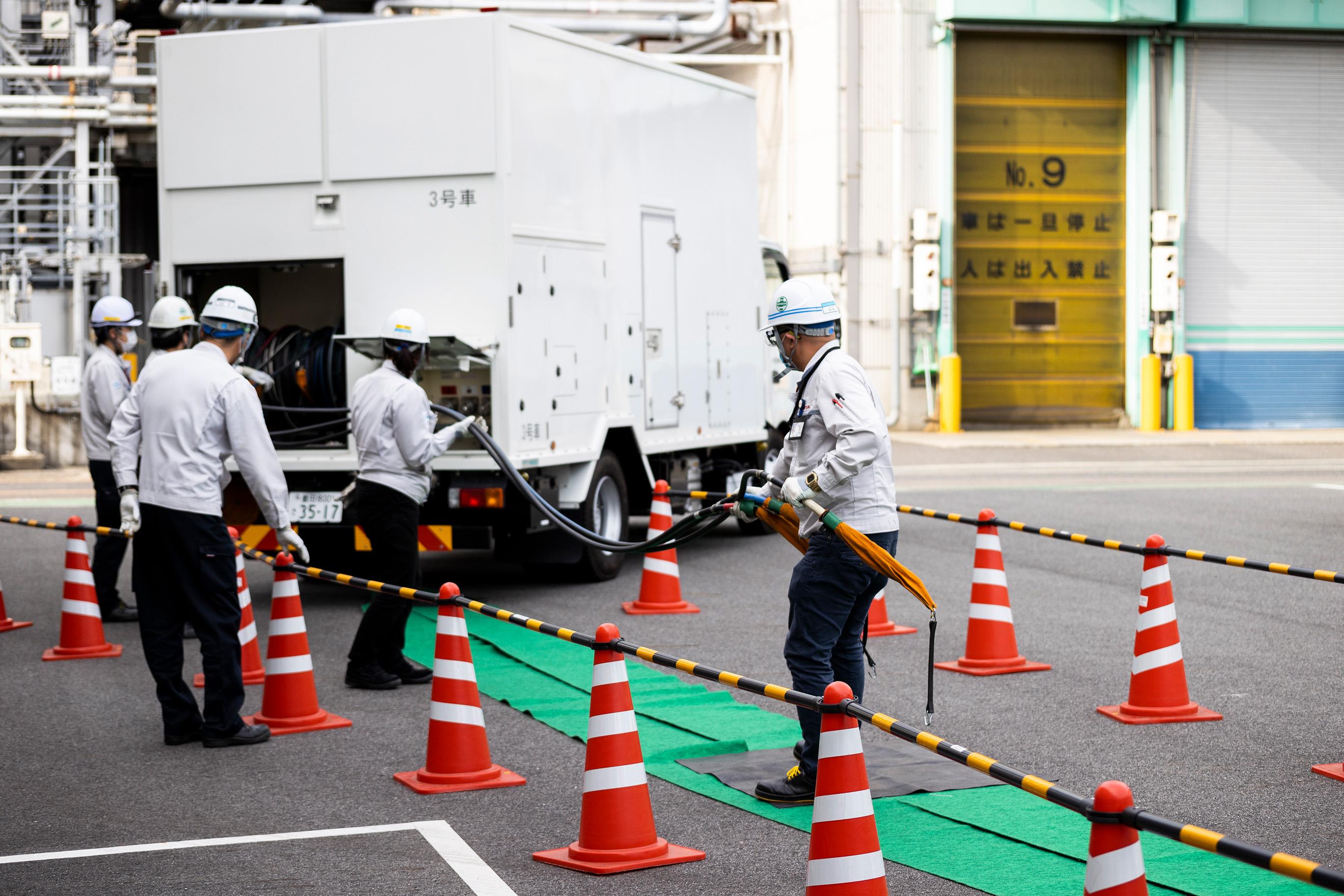
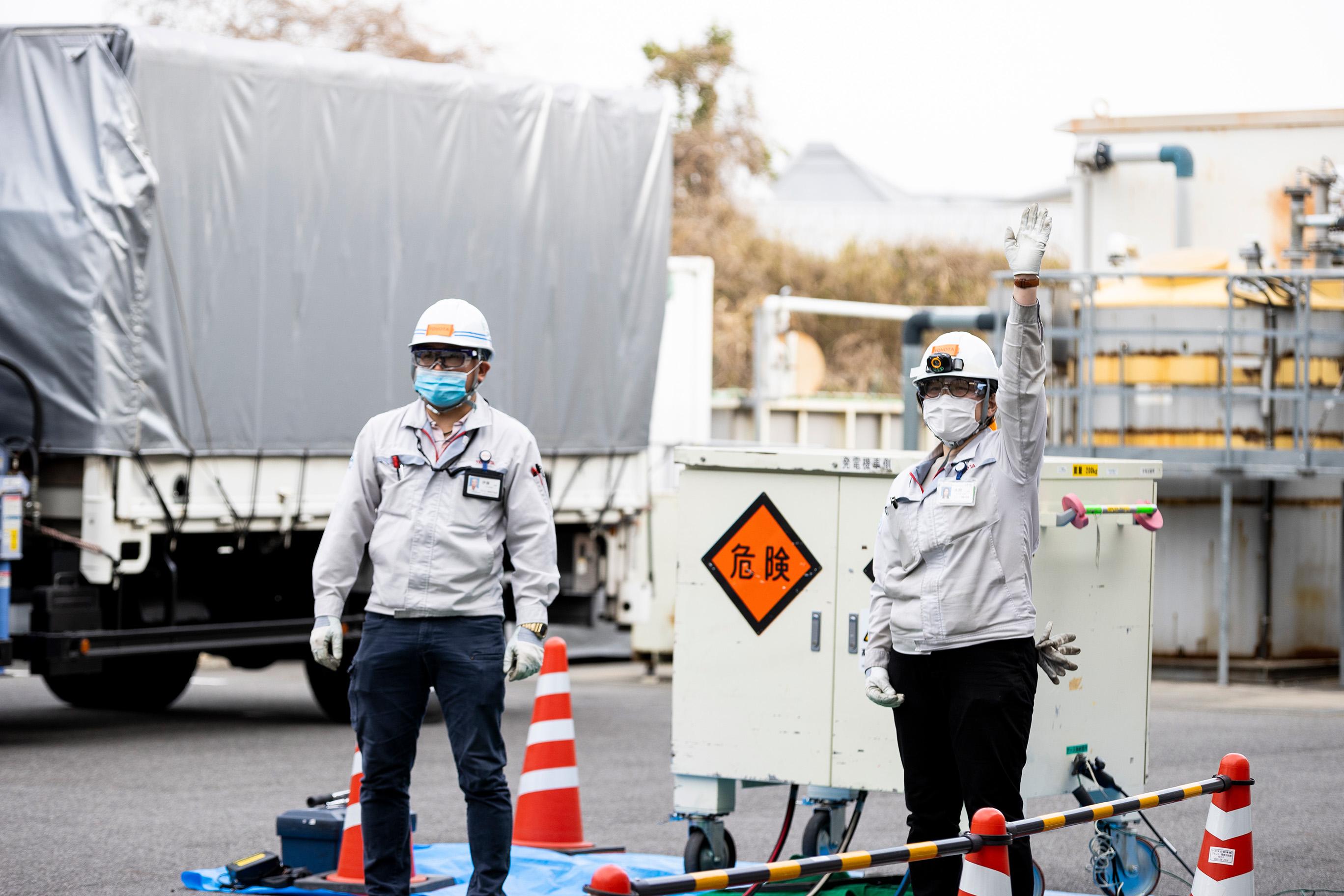
Rescue activities reach beyond the company
Hikota’s Facility Support Section also serves as a power supply rescue team. Since the 1990s, this team has helped Toyota-affiliated companies that request assistance in dealing with fires, earthquakes, and other emergencies, providing power supply vehicles and other equipment to aid recovery.
In the aftermath of the Great East Japan Earthquake, the team dispatched power supply trucks to provide electricity to affiliated companies in the Tohoku region. During the 2016 Kumamoto earthquakes, they helped suppliers assess the condition of electrical facilities and arrange their power supply.
Hikota
The Rescue Team includes members from the five Power Supply & Maintenance Sections. It’s a real joy to be able to use the skills we hone every day for the benefit of others.
As Hikota points out, however, the standard period of assistance is one week. This is because although such support efforts are initially crucial, if they become drawn out, both morale and efficiency suffer, bringing safety risks.
When Toyota Times visited on March 17, 2022—the day after a strong earthquake off the coast of Fukushima caused damage across the Tohoku region—Hikota and select team members were about to head out to assist in relief efforts.
Hikota
We’ll head over as an advance group to check the situation on the ground and organize the necessary equipment and personnel; then the entire team will proceed based on that information.
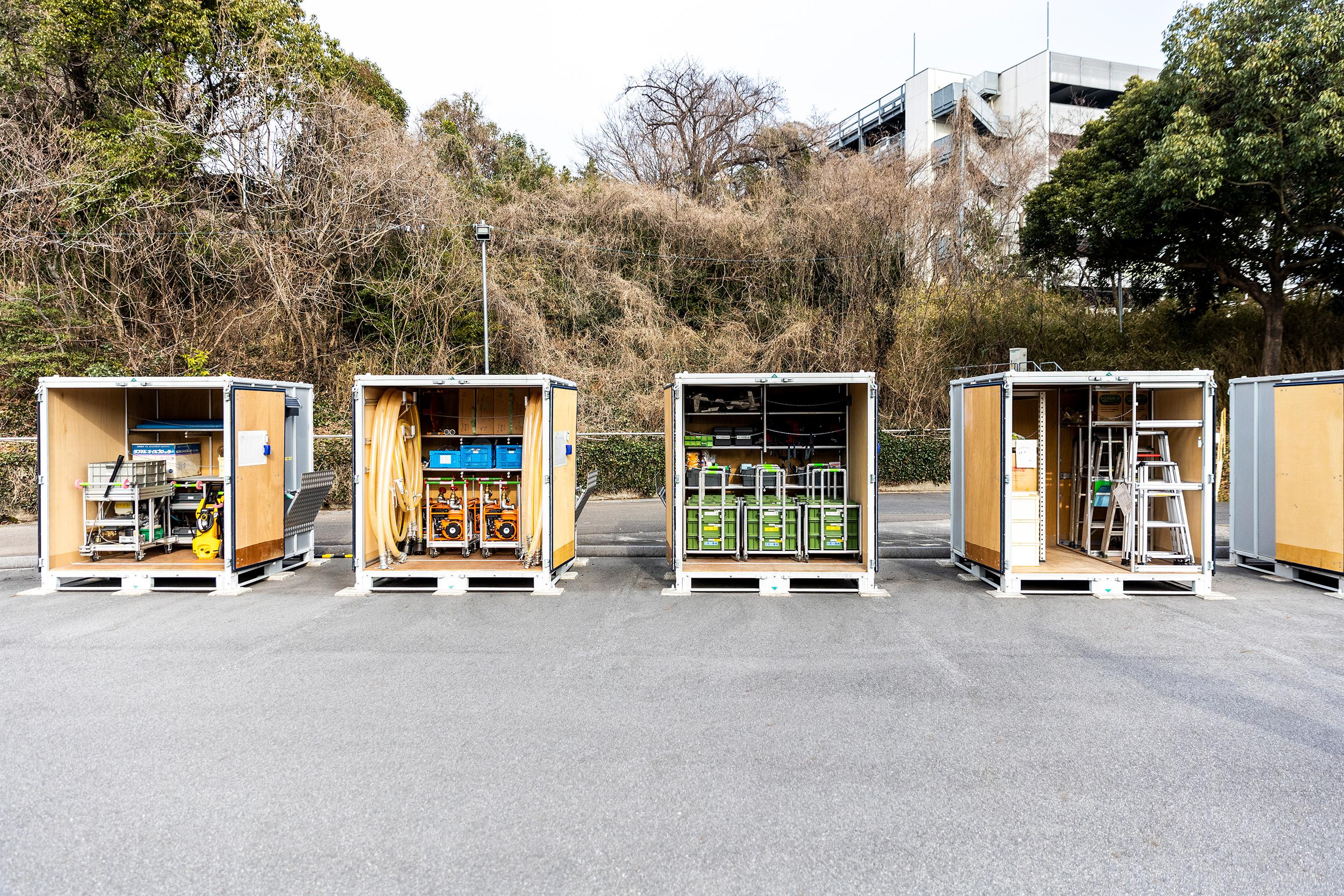
Fostering independent-minded future leaders
Hikota also has another big job: fostering the personnel who will shape the future of his section.
Facility maintenance approaches and systems have evolved with the changing times, from traditional breakdown maintenance to time-based maintenance. From there, Hikota’s team shifted to condition-based maintenance, in which facilities are constantly monitored with sensors. Wherever possible, equipment is serviced ahead of time without stopping operations, repairs are done quickly and efficiently, and shutdowns serve only as a last resort.
At the same time, the Facility Support Section brought service and repair work on large-scale power supply facilities in-house by taking the initiative to acquire various technical and national qualifications for themselves.
Hikota was instrumental in both transformations, creating systems rarely found in power facility departments at other Japanese companies.
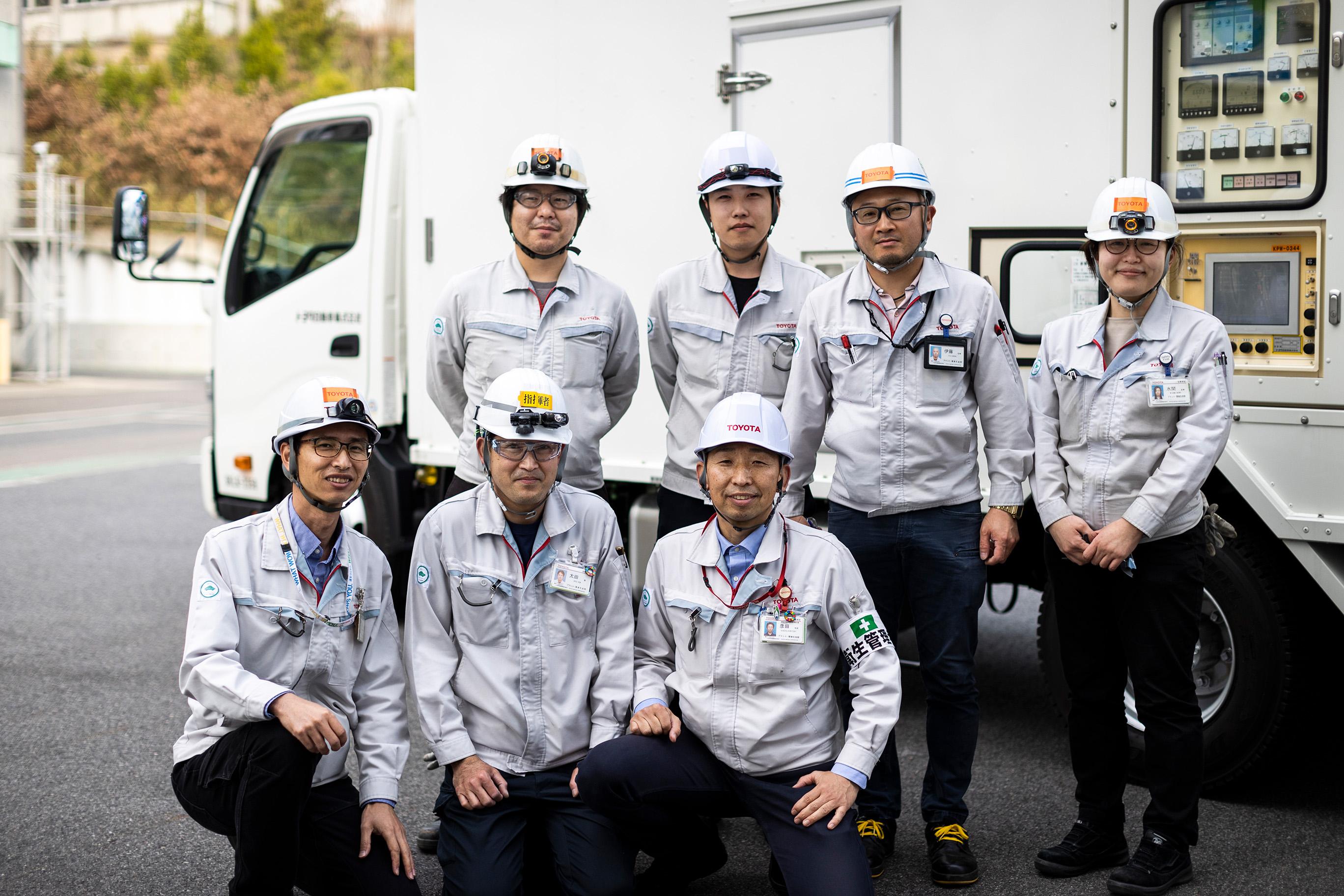
The most important element in sustaining and further developing these facility maintenance systems is independent-minded individuals who can gather and analyze information for themselves, identify issues, communicate effectively with others, and work swiftly without losing sight of the purpose.
“My goals for the future? Given the possibility of a transfer, I don’t know how long I will stay in this section, so it’s hard to say,” says Hikota. Nonetheless, right now, his efforts are mainly focused on fostering independent-minded individuals.
Hikota
In any job, I believe an organization is ultimately only as good as its people. Individuals with foresight, sound judgment, decisiveness—what you might call resourcefulness—as well as the trust of colleagues. Someone responsible yet unafraid to take risks and tackle new challenges when necessary. I’m determined to nurture such personnel who can shape our section’s future and serve as leaders.
Developing human resources begins with teaching people what to do and how to do it from the ground up. But to foster independent-minded individuals, the method of instruction must change to focus on coaching that encourages them to think, decide, and act on their own. This can only be achieved by building mutual trust, acknowledging the individual, giving them the authority to make decisions when needed, and allowing them to gain experience acting on their own initiative.
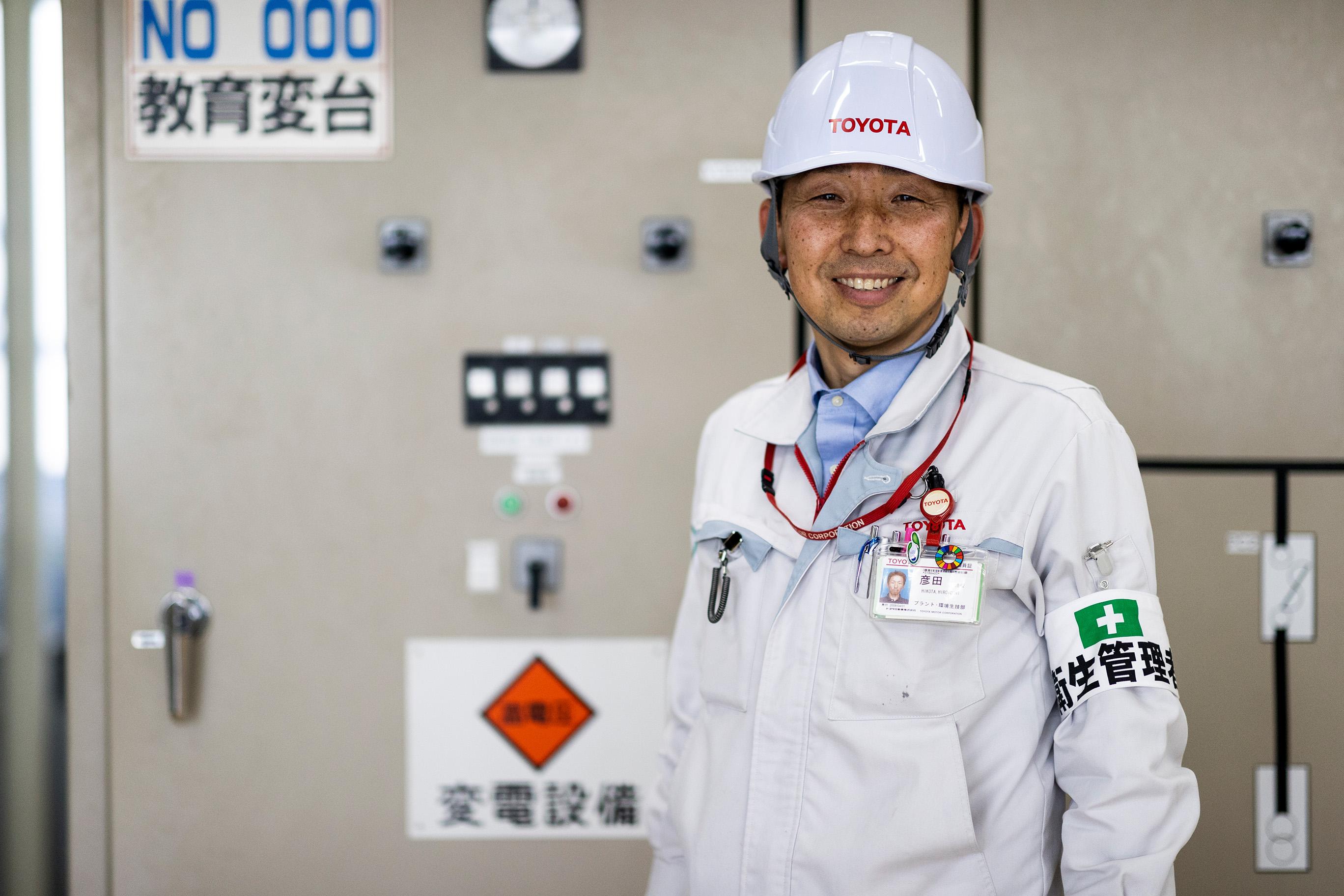
Hikota
Whereas in the past, each piece of equipment had a specific person assigned to repair and maintain it, our current system eliminates those divisions to help produce individuals with both high-level expertise and broad adaptability, able to handle any facilities on their own. “Perseverance is strength, and excuses are the enemy of progress.” We want to create an environment where every individual can continue striving for growth.
Having acquired many specialized skills and qualifications, Hikota brought the servicing and repairing of large-scale power facilities in-house with the latest condition-based maintenance approach. He continues working to nurture the independent-minded individuals who will carry his vision forward.
(Text: Yasuhito Shibuya, Photo: Yuqi Zhang)

